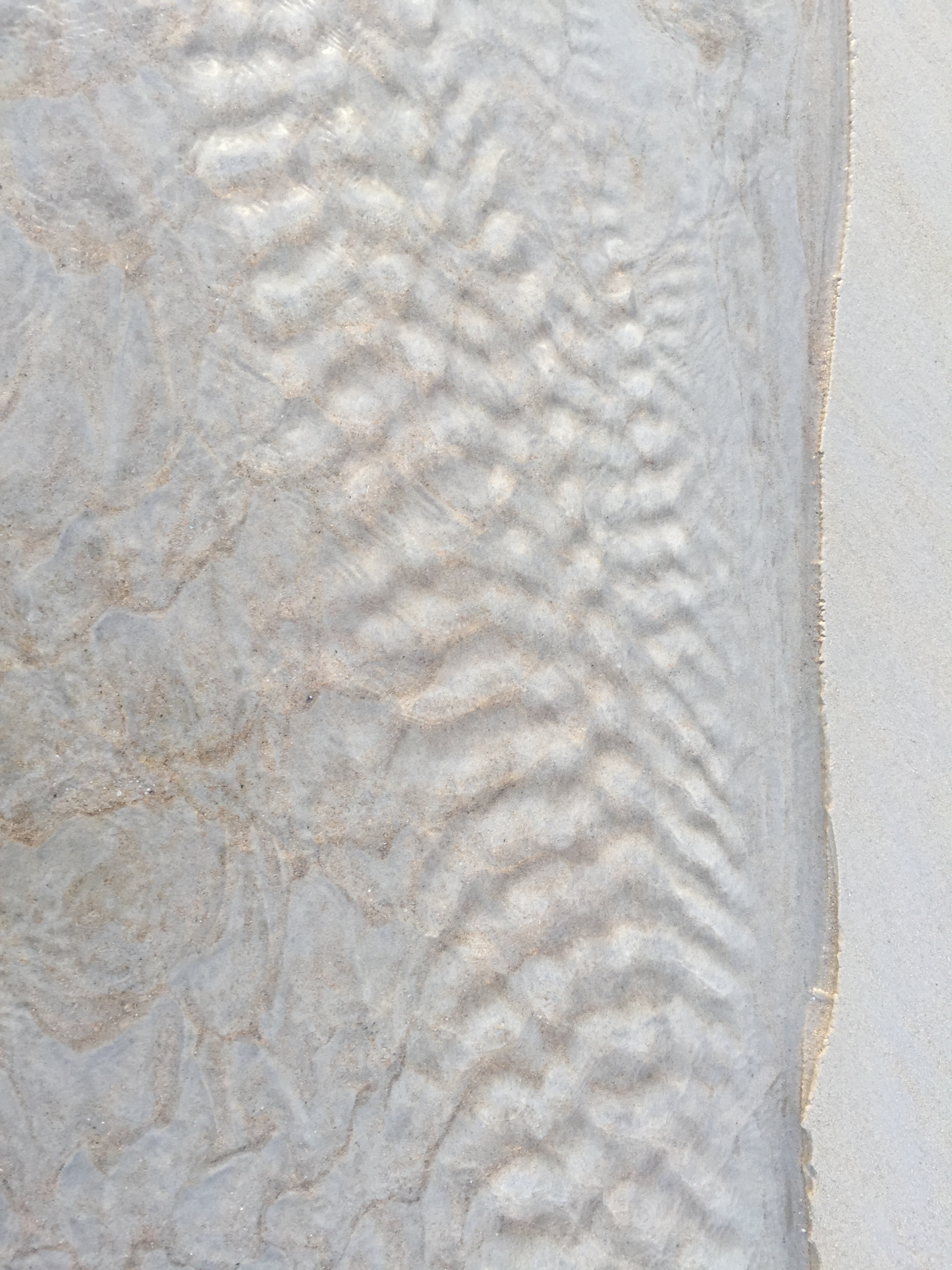“Notice all around you - flow - circulation - transformation”
Homework and Preparation Fluids
Prepare your Anatomy:
Review and color the sections covering these fluids in the Anatomy Coloring Book- pages CSF (141-143), circulation (81, 82), Blood (100-118) , especially (100-102),(106-108) and (111-113), (115, 116, 118), Lymph (120,124, 125). (If you prefer to make models or freehand draw all this instead of coloring - please do!)
For Synovial see synovial handout, for 3D Spiral Blood flow here, and here, lymphatic system here, Synovium is a connective tissue membrane that lines the cavity between joints and secretes a lubricating fluid known as the synovial fluid., Arteries and Veins slide show, lub-dub of blood flow through heart heart, Interstitial or Extracellular fluid here
Watch these youtube videos: Heart Flow here, or slower here, the helical heart here, Urinary System here, more info on Urinary here, and here, Cerebrospinal fluid, ventricles, gif of CSF flow, then add flow back to Venous info, and here, , more on Meninges here, and Cerebral veins here, and here, wanna get real detailed and draw? ( not necessary, but may explain some unclear transitions)
Interesting Artistic visualization
Create a fluid Model: demonstrating one of the Fluid Systems of the body: Circulation, Lymph, Cellular, Cranial Sacral, Interstitial, Synovial or make a fluid or gel game toy video, audio podcast, a theatre piece a treasure hunt a closed eye experience a tasting club .......
Explore your fluids - either in dance or in a regular practice you do: dishwashing, yoga, washing a baby, hiking, biking, etc.
Stay connected with your folks!
through all this - follow your curiosity, make your own way, add in things that interest you........
What does this image show?
The image shows the central chicken embryo surrounded by the vitelline vascular system, the veins and arteries supporting the flow of blood between the embryo and the yolk sac. The head of the embryo, including the embryonic eye and brain, can be seen on the upper part of the embryo, just above the embryonic heart. The long lower part of the embryo is the future body of the chicken, from which legs and wings will develop.
How was this image acquired?
The image was obtained by opening the egg's shell and injecting a fluorescent dye into the vascular system (the lower part). Because of the action of the pumping heart, the dye spread to the entire vascular system (vitelline veins and arteries). Images were then recorded using a fluorescence microscope equipped with a camera. The image shows the whole embryo as a result of monitoring total reflected fluorescence. http://www.wellcomeimageawards.org/2012/chicken-embryo-vascular-system
Oh WAIT - this is also crazy amazing - really - sorry I'm so over the top, but: check it out! Hint: - Its 3D
Brooke Thomas' Liberated Body podcast






























